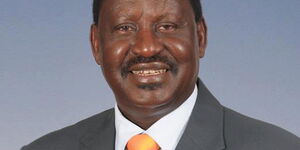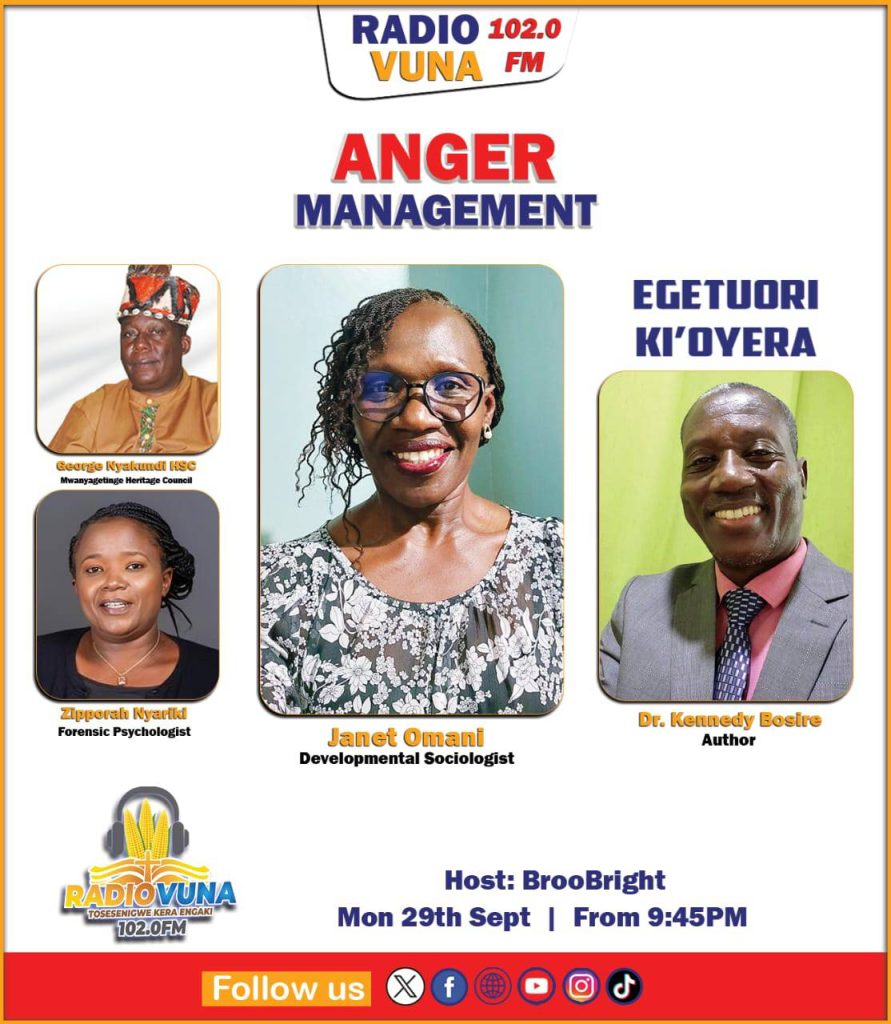MORE THAN STYLE , THE LANGUAGE OF KENYAN FASHION
Written by John on June 25, 2025
Fashion in Kenya is a visual language, a way of speaking without words. It expresses culture, status, rebellion, identity, and pride. Whether it’s the traditional shuka of the Maasai, a thrifted outfit styled by Nairobi youth, or a political t-shirt worn during protests, every look tells a story.
In 2025, Kenyan fashion continues to grow as a form of self-expression and communication. As Kenyan designer Aulgah Nato recently said during an interview on NTV Style Files:
“Fashion is not just about clothes. In Kenya, it’s about identity, it’s political, it’s spiritual, it’s who we are.”
Traditional Fashion: A Mark of Identity
Kenya has over 42 ethnic communities, each with its own distinctive clothing. These styles are more than decorative, they symbolize belonging, history, and status.
The Maasai, for instance, wear red shukas and beaded jewelry to signify bravery and beauty. Bead color also has meaning: red represents bravery, white stands for peace, and blue symbolizes energy.
The Kamba are known for their leather belts and beautiful beadwork, often worn during ceremonies to celebrate age, fertility, or marriage.
The Kikuyu traditionally dressed in lesos or kitenges, often wrapped with symbolic messages like “Mwanamke ni uti wa mgongo wa familia” (A woman is the backbone of the family).
These traditional garments are now making their way into urban wardrobes. Designers like KikoRomeo and AfroStreet Kollektions are blending traditional fabrics with modern cuts, creating fashion that proudly communicates “I am Kenyan.”
Urban Fashion: Where Thrift Meets Trends
Youth may follow global fashion trends, incorporating items like crop tops, hoodies, and fashionable sneakers.
Kenya’s fashion scene is heavily influenced by youth culture, social media, and global trends. Mtumba (second-hand clothes) from markets like Gikomba and Toi have become a source of creative styling.
According to a 2024 survey by the Kenya National Bureau of Statistics, 68% of urban youth aged 18–29 regularly wear thrifted clothes, not just due to affordability, but to express unique fashion identities.
Fashion content creator Fiona Mbithe (@fmbithe) with over 300K followers on TikTok explains:
“Mtumba is freedom. I can put together a look for KSh 500 and still slay better than someone in designer. It’s not about money, it’s about style.”
Streetwear culture has also exploded, with local brands like ChilliMango, Thrift Social Nairobi, and 2ManySiblings gaining international recognition for fusing Kenyan urban culture with African-inspired design.
Fashion as Protest: Style with a Message
Fashion in Kenya has also become a tool of resistance and activism. During the June 2024 protests against corruption and high cost of living, thousands wore black to mourn lost lives and demand justice. Some customized their clothes with slogans like:
“Sisi ni Wenye Nchi” (We are the owners of this country)
“Tunataka Haki” (We want justice)
In Nairobi’s Uhuru Park, a protestor named Brian Omondi was photographed wearing a jacket painted with:
“If you silence my voice, my clothes will speak.”
This photo went viral and was featured in The Nation and BBC Africa, becoming a symbol of peaceful but powerful resistance.
Political and Cultural Elegance: The Return of the Kaunda Suit
The Kaunda suit, a collarless, short-sleeved shirt with matching trousers, is making a comeback in Kenyan fashion. It is a sartorial masterpiece that blends traditional African elements with contemporary sophistication. Though originally popularized by Zambia’s President Kenneth Kaunda in the 1960s, it’s now worn by Kenyan politicians, grooms, and professionals as a symbol of African pride.
President William Ruto was spotted wearing a custom-made Kaunda suit during the 2024 Madaraka Day celebrations in Bungoma, where he remarked:
“It’s time we wear our African pride with honor, not just on the inside, but also on the outside.”
Religious Dress: Faith on Fabric
In Kenya, religious beliefs shape fashion choices in profound ways. In Muslim-majority neighborhoods like Eastleigh, you’ll find modest fashion shops selling abayas, niqabs, and thobes, elegantly designed with embroidery and rich colors.
Christian communities, especially among the Akorino, wear headwraps and long dresses to express modesty, dignity, and discipline. For many, these clothes aren’t just spiritual, they communicate values.
Fashion designer Amina Omar, who caters to modest wear clients in Mombasa, said in a 2025 interview:
“Our fashion respects our faith and still looks amazing. You don’t have to show skin to make a statement.”
Fashion and Class: What You Wear, What It Says
In both rural and urban Kenya, fashion communicates wealth and status. From imported Italian shoes to original Nike sneakers, brands are used to show class. However, fashion is becoming more inclusive.
Digital platforms like Instagram, Jumia, and TikTok Shop have democratized style. Influencers like Dennis Karuri, Shorn Arwa, and Wabosha Maxine use these platforms to share beauty, thrift, and glam tips that reach all kinds of audiences
A Nation that Dresses Loudly
Fashion in Kenya isn’t silent. It roars with creativity, identity, protest, spirituality, and pride. It reflects the country’s diversity, resilience, and spirit.
As fashion editor Sharon Mundia wrote in her 2025 column:
“In Kenya, what we wear is more than style, it is a message. Sometimes it says, ‘I belong.’ Other times it says, ‘I resist.’ But it always says, ‘I matter.’”
Fashion in Kenya is a dynamic form of communication that goes beyond trends and fabrics, it is a mirror of society. From traditional attire that preserves cultural heritage to modern streetwear that reflects youth identity and political awareness, every outfit tells a deeper story. Whether it’s worn to honor faith, express individuality, or demand justice, Kenyan fashion continues to evolve as a powerful voice for the people. It proves that clothing is not just about appearance, it’s about meaning, message, and movement.
END…
BY: FALARY MUTETHYA

The author is an experienced radio journalist and media manager.






